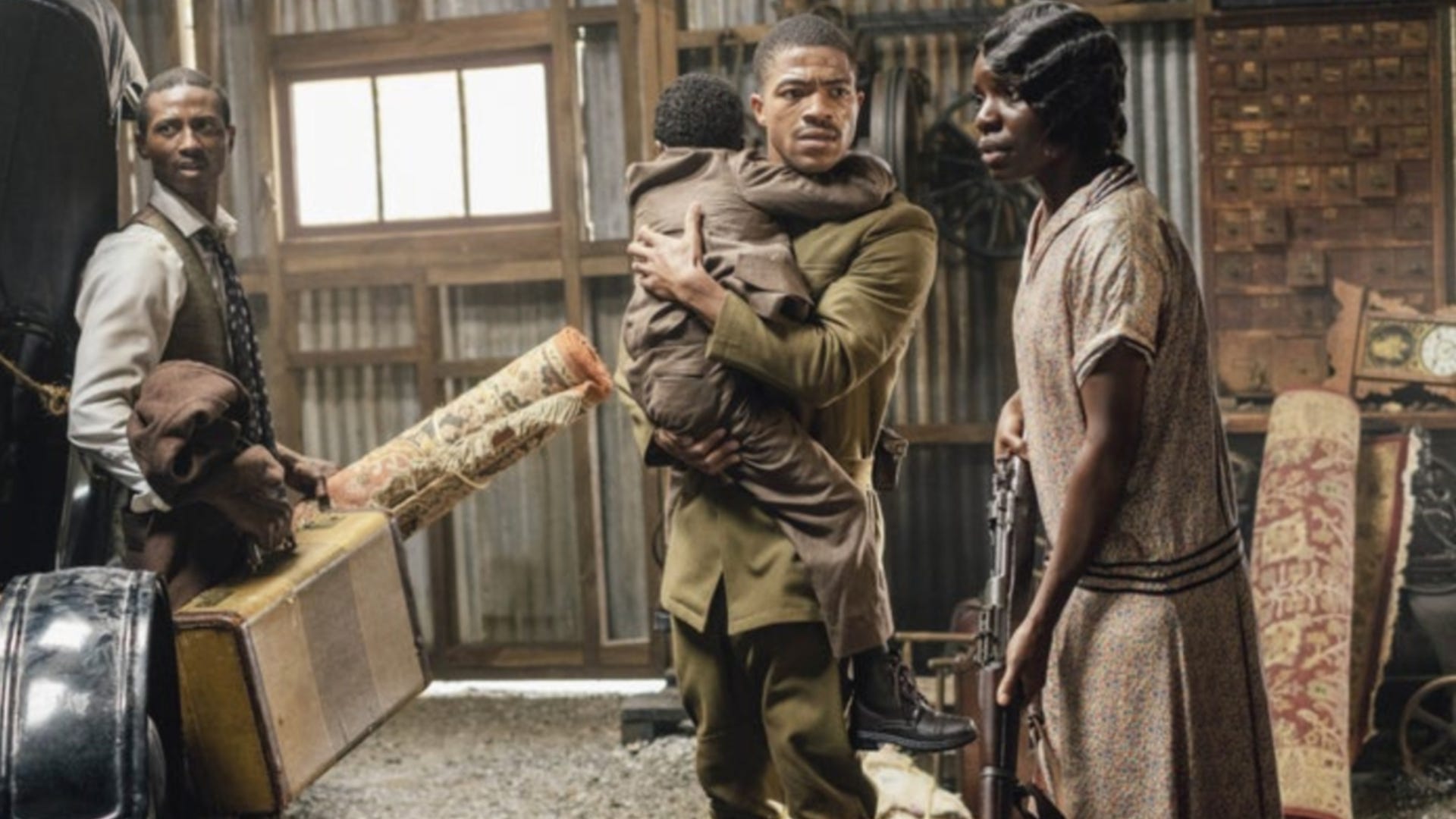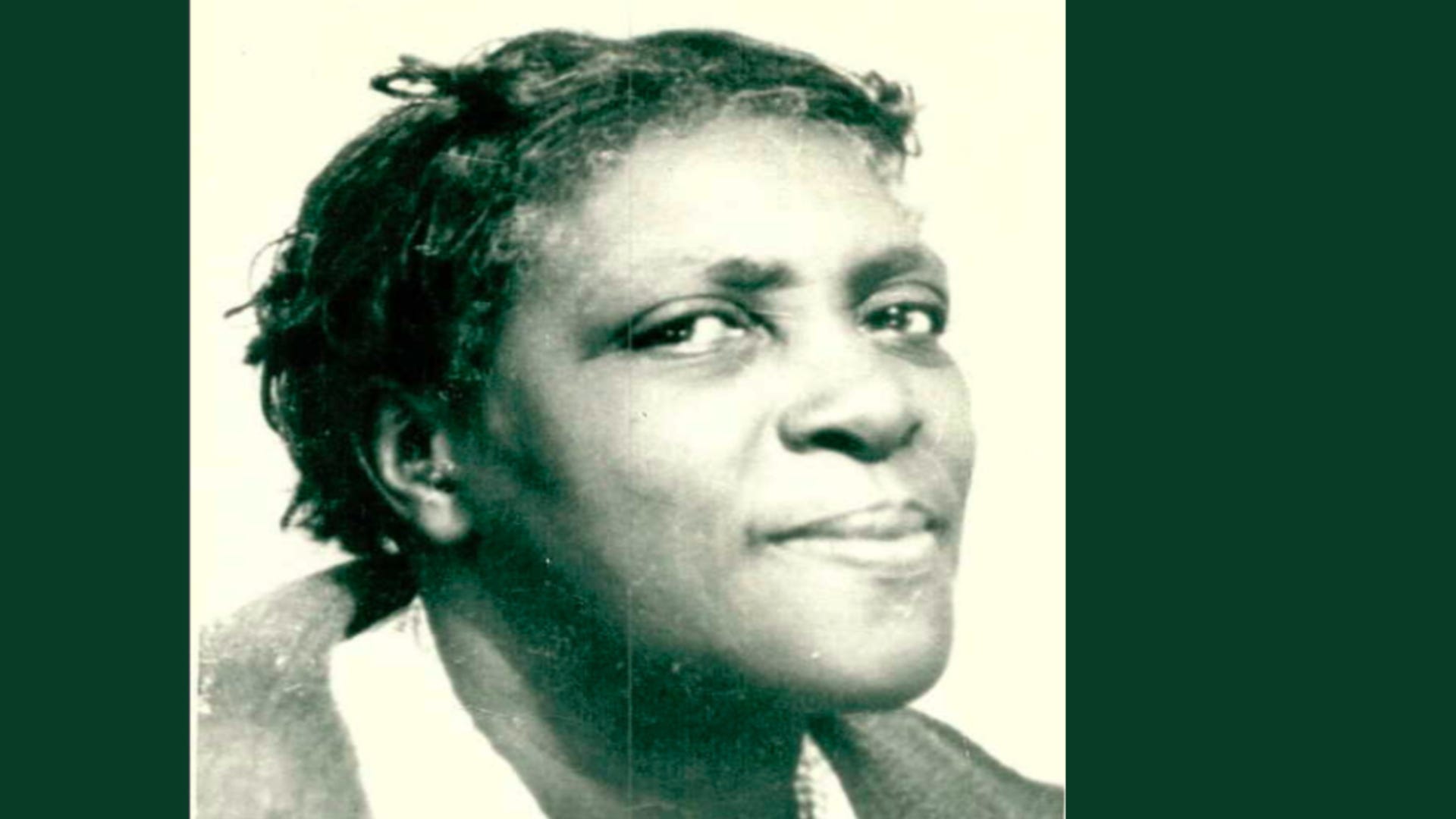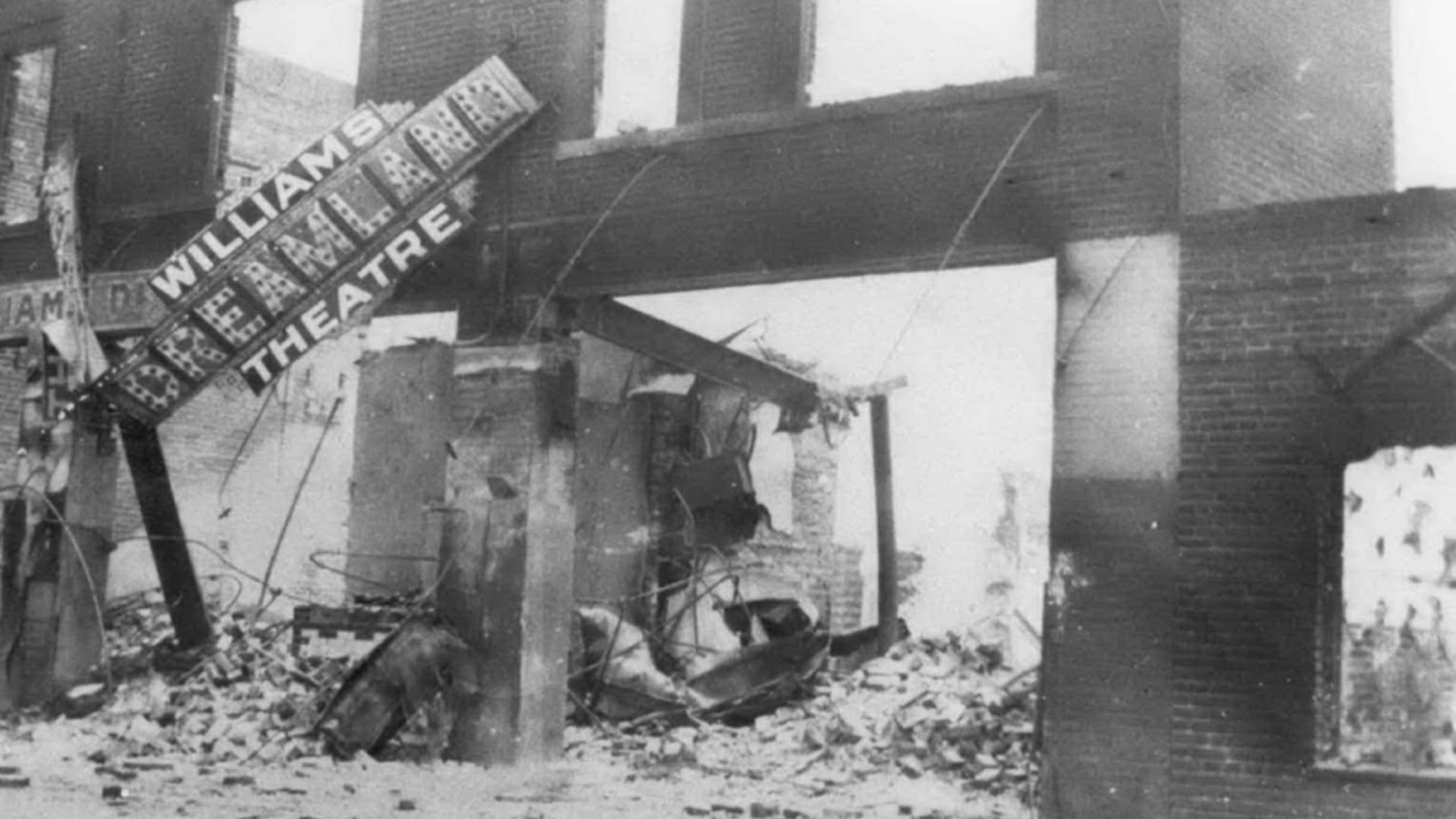Join or Sign In
Sign in to customize your TV listings
By joining TV Guide, you agree to our Terms of Use and acknowledge the data practices in our Privacy Policy.
What a Real Descendant of the 1921 Tulsa Race Massacre Thinks of Watchmen
The HBO drama has sparked a lot of curiosity
Chayanne Hubbard watched the premiere episode of Watchmenbecause she's a Regina King fan.
She had no idea that the HBO drama, which Damon Lindelof based on and expanded from Alan Moore and Dave Gibbons' classic graphic novel, would portray the 1921 Tulsa Race Massacre. It's an event that ripped apart her family's life, leaving them homeless and horrified nearly 100 years ago. Her great-uncle Harold Wood had told her about the mobs of angry white men who torched and looted affluent black peoples' homes and businesses, but she couldn't really picture such a gut-wrenching event.
And then Watchmen painted a more vivid portrait. The opening scene of the first episode showed black people who looked just like Hubbard's ancestors being shot and killed and burned and bombed from a plane above, and tears fell down her cheeks as she watched.
"My uncle was two weeks old when it happened, and so his parents told him about it," Hubbard, a 19-year-old college student who lives in Kansas City, Kansas, told TV Guide. "When I started to watch the show and it got to the race riot scene, I was completely shocked. I didn't really expect to ever see that on a major TV network. To hear what happened to my people is completely different than seeing it reenacted.
"That stuff brought tears to my eyes because one of the characters was a baby just like my uncle was during the riots," she added. "I am really glad someone is showing what happened in this part of history that has been quite ignored."

Steven G. Norfleet, Alexis Louder and Danny Boyd Jr., play Angela Abar's (Regina King) ancestors on HBO's Watchmen.
While Watchmen operates in a world of alternate history and costumed vigilantes, the show's depiction of the May 31, 1921 annihilation of what was then known as Greenwood -- a community so prosperous it was nicknamed "Black Wall Street" -- is factual. Greenwood was once the richest African-American neighborhood in North America. Historians estimate that some 300 people, mostly black, were killed in the massacre. The estimated 10,000 Greenwood residents who survived did so without their homes, churches, movie theaters, hospitals, and grocery stores. The damage totaled $1.5 million, which is about $20 million in modern money.
Hubbard's relatives lost their family restaurant and home and barely made it out of Tulsa alive, she said. A neighbor hid the Wood family until the melee ended, and then the National Guard rounded up the surviving black residents and held them in detainment camps at places such as the city's convention center and the ballpark. When they got out, they stayed with their families in tents provided by the Red Cross. Men were forced to clean up the mess. White authority figures threatened black survivors not to speak of the incident and forced a number of them out of town.
"They were terrorized and told not to talk about it," said Wayne Hubbard, Chayanne's dad. "Can you imagine what that did to their psyches? The PTSD? Our family was blessed to make it out alive -- everyone wasn't so lucky. But survival takes a toll."
Hubbard's family, including her great-great-grandmother, eventually relocated to Coffeyville, Kansas with little more than the clothes they were wearing. Harold Wood died in 2014 at the age of 93. All known survivors of the massacre have died. No white perpetrators were ever arrested.

Chayanne Hubbard's great-great-grandmother, Jeanette Wood
In the alternate history provided by Watchmen, survivors of the Tulsa massacre received reparations from fictional President Robert Redford -- something that the Greenwood descendants have never gotten. While a government-appointed commission to investigate the attack recommended financial restitution among its findings, the state legislature failed to pass such sweeping action; instead, Oklahoma opted to give 300 scholarships and erect the John Hope Franklin Reconciliation Park to commemorate the loss. (There is an economic development initiative with a concentration in Greenwood but that is still evolving.)
"We've never seen a dime," Wayne Hubbard said. Although his family lives in Kansas, they visit relatives who moved back to Tulsa all the time. "Can you imagine the level of generational wealth we could've had? I'm proud of my family that they survived and made it through but think about all that we lost. They were essentially told, 'Whatever you owned is trash now. Take what you have, and go survive."

The mob burned down the Williams Dreamland Theatre during the 1921 Tulsa race massacre.
The conspiracy of silence that surrounded the massacre led to the hiding of hundreds of bodies in unmarked graves, the destruction of records, and the event's omission from Oklahoma school textbooks until as late as 2016. But thanks to the urging of current Tulsa Mayor G.T. Bynum, an investigation into possible hidden mass graves could make a way for reparations in the future. The Greenwood Cultural Center, meanwhile, has been working to acknowledge the contributions of black Tulsans for nearly 30 years. (A much more technologically advanced version of the center can be seen on Watchmen, which imagines a machine featuring a hologram of Henry Louis Gates Jr. that uses on-site DNA testing to help descendants trace their family trees and get reparations.)
Adjacent to the real-life Greenwood Cultural Center is the 1921 Black Wall Street Memorial, which lists the known names of those who died in the massacre and all the businesses that were destroyed. Hoping to turn tragedy into triumph, the 1921 Tulsa Race Massacre Centennial Commission, which is a part of the Cultural Center, is developing programs and events to commemorate the upcoming 100th anniversary. One such project is the Pathway to Hope, a walkway with historic markers pointing out where businesses and homes were before the mob destroyed them.
"Several commissioners have watched [Watchmen], and we all are unanimous in the excitement and attention that the show has brought on a national level to this history," Phil Armstrong, the project director for the 1921 Tulsa Race Massacre Centennial Commission, told TV Guide. "The social network universe has been lit afire, and we are getting requests from all over the country for interviews, input, and comments. This history is finally getting the acknowledgment it richly deserves."
Twenty years after the massacre, Greenwood community leaders and members rebuilt the enclave and it thrived again in the 1940s but by the 1970s, integration and urban renewal dismantled the area for a second time. But now Greenwood is on the comeback. Armstrong says there is a $30 million campaign in the works to build a 16,000 square foot museum and history center.
"Everyone has been talking for years," Wayne Hubbard said. "But nothing has set change in motion like this show."
Although Watchmen addresses racism in its various forms, the show doesn't delve into Tulsa's current-day reality. And Tulsa is still very much segregated, points out Michelle Place, the executive director of the Tulsa Historical Society. The society is located across the tracks in South Tulsa, where most of the white people live. Meanwhile, the Greenwood Cultural Center is in North Tulsa, where most of the black people live.
"White Tulsans feel a protective fear," Place said. "None of us wants to think it was our family members that participated in such a horrific event. But my staff and I have made a commitment to tell all of Tulsa's stories, even the painful ones.
"When white Tulsans tell me they're tired of talking about the 1921 Tulsa Race Massacre, I say, 'I hear you. But the world is watching, and they're asking the questions: What has changed? How far have you come? What is the same? What is left to do?'"

Chayanne Hubbard (second from the left) and her family
For Chayanne Hubbard and her family, the next step is to continue to heal and to express gratitude that a broader world finally wants to know the whole story, she said. In the meantime, she's still watching Watchmen.
"Watching this has been disturbing, and it's hurtful to know that my own family had to endure this," Chayanne Hubbard said. "We aren't suffering now but we are disappointed in how people tried to cover this story up. But Watchmen is such a good show to watch. I love the futuristic take on the Greenwood Cultural Center and plot twist after plot twist. I have so many questions."
Watchmen airs Sundays at 9/8c on HBO.
